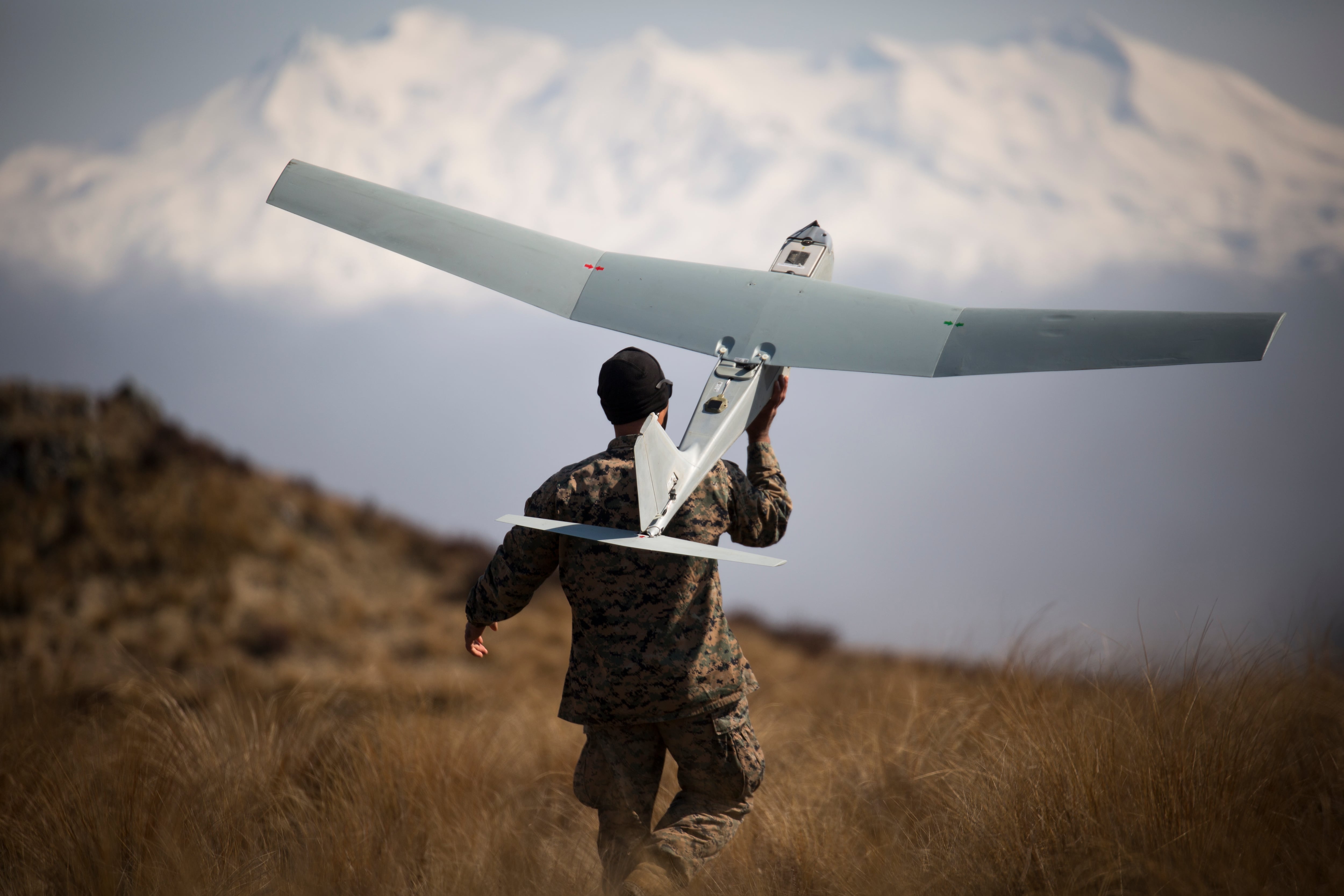Don’t worry, this isn’t another op-ed arguing for defense acquisition reform. Yes, like any large government apparatus, the Department of Defense has challenges, but to say acquisition reform is needed is dead wrong. Congress has instituted the correct rules for the DoD to follow with regard to procurement, but the DoD still faces an inherent challenge to rapidly deliver technology from science and technology to programs of record.
Far too many innovations are mired in the world of research and development that never reach the warfighter. The reasons for the lack of progress are twofold. First, there is a critical gap in how collaboration is fostered between the S&T community, program executive offices and tech companies. Collaboration among these stakeholders is crucial to accelerate the pace at which our defense-industrial base can deploy rapidly fielded capabilities.
Second, institutional incentives must align with the desire to fast-track technology to warfighters. Currently, the DoD is failing to provide sufficient incentives to transition from research and development to actual procurement. Additionally, there are far too many innovation offices that lack ties to programs and program executive offices. The DoD should reduce or remove these offices, and focus on those that work and can transition programs like the Defense Innovation Unit and AFWERX. In this regard, the recent announcement to elevate the DIU director to a direct report to the defense secretary reflects a positive step forward.
Fostering greater collaboration between S&T, acquisition and tech communities requires a cultural shift in the DoD’s mindset. This shift will not occur on its own.
One idea: Force S&T offices that receive more than $10 million in funding to align themselves with and become subordinate to program executive offices to which they plan to transition.
In addition, S&T must be required to first look for available commercial technology before using research, development, testing and evaluation funding to avoid duplication with the commercial market and wasteful use of taxpayer dollars. If this is not an option, the Defense Department should enable program executive offices to use procurement funding for early testing, evaluation and modification.
For instances where S&T must pursue RDT&E funding, there should be an opportunity for open competition or a “bake-off” before said funding is obligated. As a corollary measure, when RDT&E is needed, such as for emerging technology capabilities, S&T should only be allowed to use research funding for a maximum of four years. In the second year, the office should be required to identify a program executive office for transition. If the technology is not transitioned within a four-year period, then the program should be canceled or require senior acquisition executive approval to continue.
The concepts above not only bring about the “fail fast” mentality of rapidly developing and testing key technology areas, but also reduce the “experiment forever” mindset. The result is a better equipped warfighter ready for the fight tomorrow.
Aside from implementing these guardrails, several incentives should be implemented to accelerate the deployment of new technology capabilities. For example, the DoD should adjust the ratio of RDT&E to procurement funding to motivate services to purchase and modify existing technologies rather than waste time by developing (or redeveloping) new ones from the ground up.
As it stands, outsized RDT&E funding, coupled with insufficient funding for procurement, results in a lack of incentives to advance programs from S&T. Very often the commercial world has already solved the DoD’s problems; they just need the ability to leverage it.
The Department of Defense must also incentivize greater private sector involvement by increasing procurement funding for innovative technology. This is a critical imperative because we live in a world where most new and emerging technology is built by the private sector.
All these proposals engender a cultural change in how the DoD approaches procurement for new technological capabilities. Some might argue that shifting the paradigm on such a massive scale is impossible. However, parts of the armed services have already taken proactive steps to rapidly field new technological capabilities with success. Two concepts come to mind.
The first is the Marine Corps’ Force Design 2030 — a complete transformational effort with a central focus on using cutting-edge technology. The Marines moved into low-rate initial production for a highly innovative autonomy program. This progress occurred because the Marine Corps went directly to a program office and simultaneously conducted fielding and development.
RELATED

Second, within the Space Force — an armed service organized under the Department of the Air Force — a new mantra emphasizing the need to “go fast in space acquisition” is taking shape, with a goal of three years or less from contract authority to launch. All branches and every program executive office should follow the same path.
The Department of Defense can either respond to incentives that Congress gives it, or change from within. Those incentives should be to field capable systems quickly. The key to successful reform lies in enhancing accountability, fostering collaboration and creating incentives for rapid capability fielding. By addressing these challenges, the DoD will improve its ability to field new capabilities and therefore maintain its competitive edge in a constantly changing global security landscape.
The real valley of death is not funding — it’s the transition from S&T to programs of record. Make no mistake: The DoD is already equipped to succeed with current authorities and without new rules.
Scott Sanders is chief growth officer at autonomous technology firm RRAI. He previously led business development efforts for the national security technology firm Vannevar Labs, worked as the senior director for Anduril’s counter-drone division and served in the U.S. Marine Corps. Adi Raval is the head of communications for RRAI. He previously served in the U.S. government as the communications director for the Obama administration’s Power Africa initiative, and as a diplomat based in Afghanistan.








